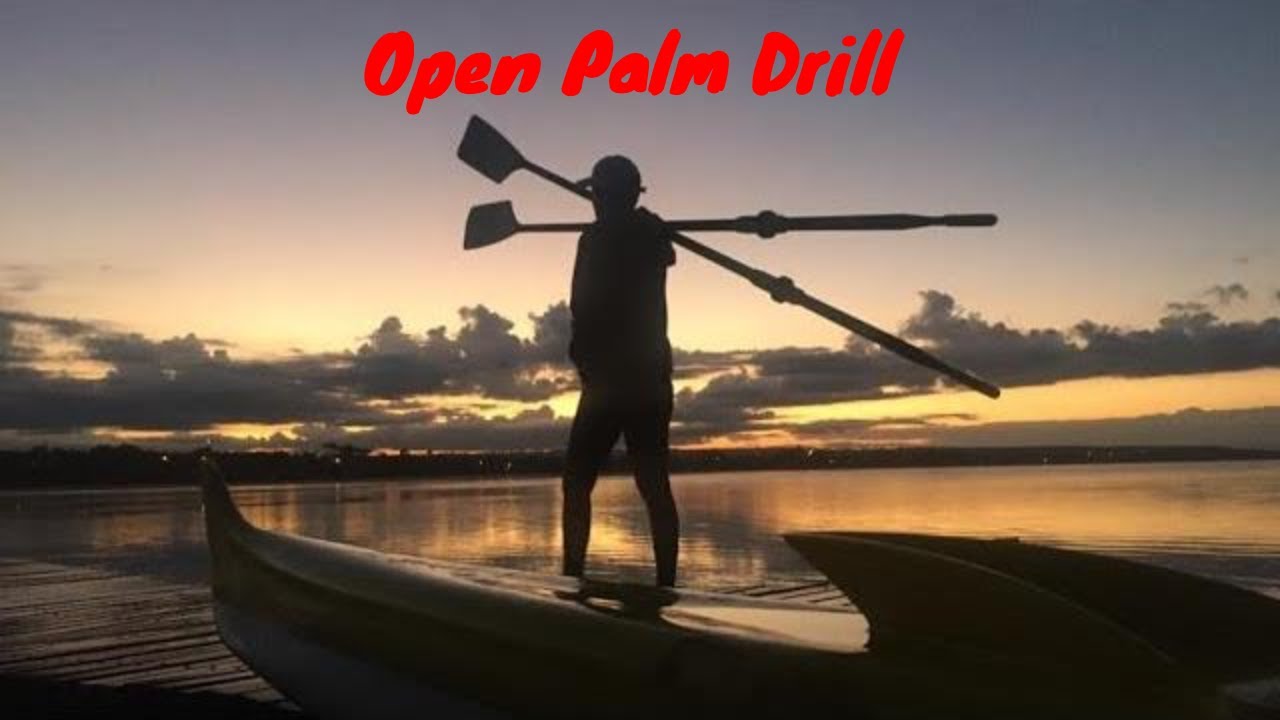9 essential rowing drills
Moving up the skill ladder from beginner to intermediate and then advanced requires improved skill. These 9 drills are essential for you to master, and to revisit regularly.
Timestamps
01:00 The skills ladder – a helpful concept to guide your learning as you progress. Execution to a high standard is the main difference between advanced scullers and beginners. Coach Mastermind group – join us https://fastermastersrowing.com/member-register/coach-mastermind/ Get the skills checklist (Beginner, Intermediate and Advanced) helps coaches decide what to teach next. Allows you to teach a mixed ability group – all doing the same basic drill.
04:45 Nine Essential Rowing drills
1 – Legs Only – from the catch to legs straight. Watch for keeping shoulders sternward of the hips. It’s good for teaching the timing of placement aligned with the seat change of direction and gripping the water at the start of the power phase. Do it square blades for beginners and the most advanced single scullers.
2 – Legs and Back Only – keep the arms straight. Teaches the transition from leg drive to adding the back swing. An exaggeration version is to complete legs before the back swings. This helps to recruit other muscles into the stroke power delivery. Variant – 10 strokes legs only, 10 strokes legs and back rowing.
3 – Wide Grip – sweep inside hand down the shaft; sculling hands on end of rubber grip or on the shaft. This increases the load in sculling to help to feel the grip connection at the catch – notice when the oars are in the water. Sweep it’s useful to teach the outside / inside hand movements. The outside lifts the oar into the water. Variant – progressively move hands back to normal grip.
4 – Inside Arm Only – sweep only. Use this to time feathering and to load up the leg drive at the catch. Variant – hold outside hand and put inside hand onto backstay. This teaches how to rotate around the gate.
5 – Quarter Slide Push – the start of the power phase (reverse pick drill). Use only the first quarter of the slide from the catch. How to grip the water before you drive, timing the catch placement with the seat changing direction. Variant – do the the drill slowly and have inside hand hold the back of your seat to work out where the seat stops moving – that’s the timing point to place the catch. The handles move faster than the seat on the recovery.
6 – No Handle Rowing – for the indoor rowing machine (dynamic is best for this drill). Put the handle down and roll up and down the slide – push in the power phase. This helps to teach the ratio and rhythm especially to athletes who rush the slide. They move in time with the machine. Pick up the handle and keep the legs working the same and later add in the arm draw. In a crew boat have half the crew sit the boat – push the handles away so the oars are parallel with the side of the boat. They must do it in time together.
7 – Left Hand Lead – get the sequence off the finish to the cross-over with the hands nested tightly together. Delay straightening the right hand, hold it against your chest as the left hand straightens. Teaches the left hand to move faster to the crossover so it can get in front of the right hand. Variation – do it with an intermediate position gradually reducing the right hand’s waiting time. Check the body is leaning back in the finish position – no body movement during the drill.
8 – Single Strokes to Weight on the Feet – a pause point where you can get weight onto the soles of your feet. This position is important because it’s where your body catch angle is set and is the point to deeply relax your legs during the recovery. It gives you feeling of moving with the boat.
9 – Double Quick Hands – move from the extraction at the finish to the arms away position twice as fast as normal. Then move to normal speed. It’s a good way to follow on from the Left Hand Lead exercise. It develops the smoothness of the handle tap down and feather movement. Variant – make the double quick arms and body swing finishing it at weight on the feet. Another variant is to do double quick hands and then do a double slow slide.
24:45 Do these drills regularly – that’s the important part. Your boat skills reduce when you have time out of the boat. Use these drills to refamiliarise yourself when you get back into the boat. Lose fine motor skills quickly and your catch placement timing is what you’ll lose first after time out.
Want easy live streams like this? Instant broadcasts to Facebook, YouTube, LinkedIn. Faster Masters uses StreamYard: https://streamyard.com/pal/d/5694205242376192


